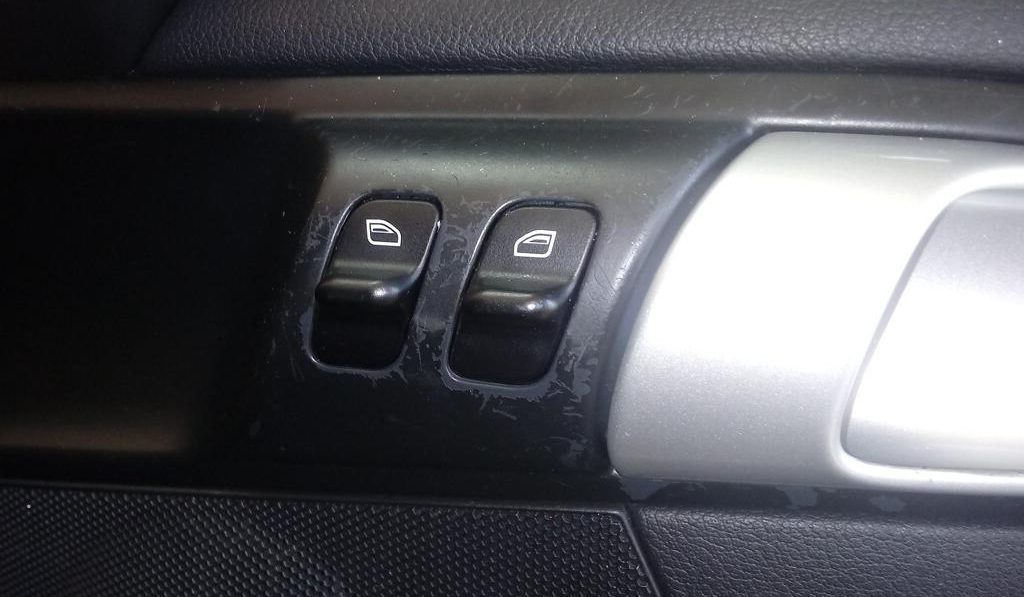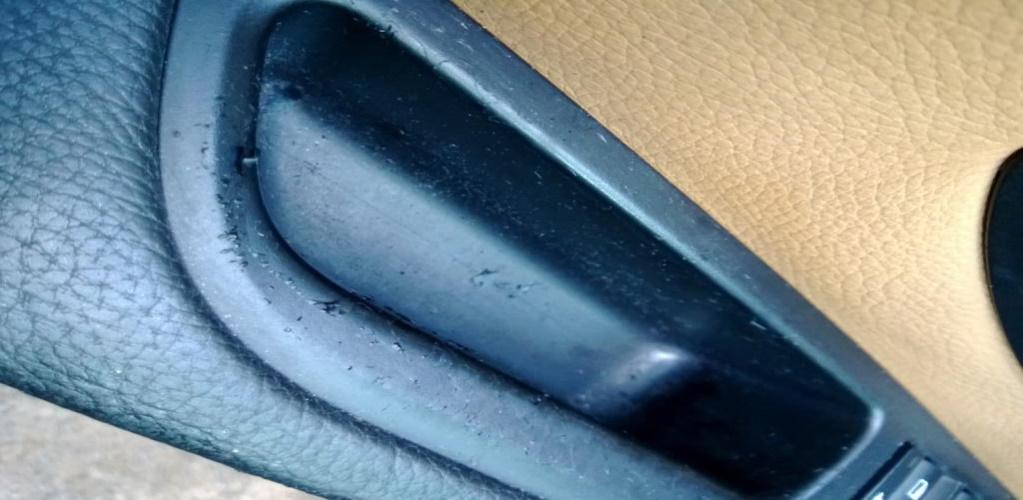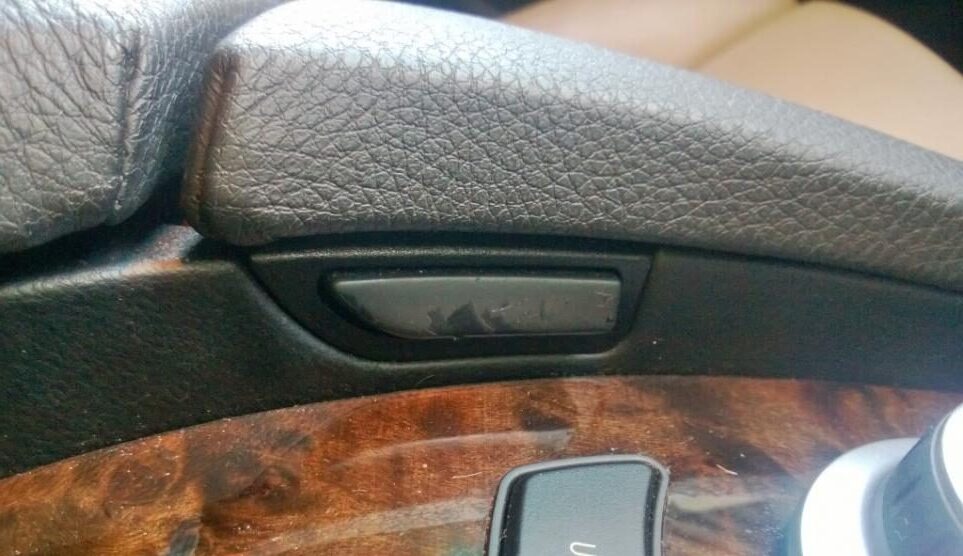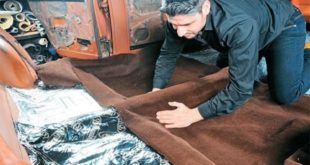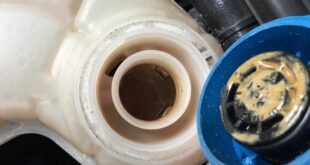Over time the can Soft paint in the vehicle begin to become sticky or peel off. The surfaces that are initially known for their pleasant feel can then become a visual disaster. But don't worry, there are solutions for cleaning soft paint! But before you get started, check whether it is actually one coated surface acts. If the paint is defective and needs to be removed, then start “slowly” with mechanical removal of the layer, for example with a wooden spatula. The aim here is to remove the top sticky layer without damaging the plastic underneath. A little heat from a hairdryer can help. If possible, you should of course remove the components beforehand.
Removal of soft paint
- Soft paint cleaning – cleaning agents!
- Orange oil cleanser: This natural solvent is often perfect for removing soft paint coatings without damaging the plastic underneath. It is easy to apply and remove again.
- Isopropanol: Another hero in soft paint cleaning. It is particularly effective, but caution is advised as some plastics can be sensitive. A test on an inconspicuous area beforehand is recommended.
- Acetone: You need to be even more careful with this product, as it can also attack some plastics in addition to the soft paint. It should only be used if you are sure that your vehicle interior (the corresponding components) will not be damaged.
- Ballistol: This universal oil can work wonders on some soft paint coatings, but not all coatings react to it in the same way.
- Oven cleaner: Another option but may require multiple applications. Be careful not to leave the cleaner on for too long to avoid discoloration.
- Insect remover: This product can also work, similar to the oven cleaner.
- Adhesive residue remover: Glue residue removers and special glue removers are often not successful and are more likely to cause damage.
Tip: Nail polish remover as a solution
If the problems with peeling soft paint become unbearable, there are other methods available besides repainting. A possible solution is the application of WD40, but this can be very time-consuming and tedious. Another option is to use brake cleaner, which usually protects the plastic underneath. Although the method often works, it is still tedious and requires a lot of friction. A particularly effective tip is to use nail polish remover. In most cases, the soft paint can be removed easily, and the plastic underneath often appears new after the paint is removed - with a silky shine, almost as if it was intended that way at the factory. This method is a viable alternative to repainting or buying new.
More options for the soft paint problem!
- Mild cleansing foam: Use of gentle, car-specific cleaning foams that do not attack the paint.
- Microfiber Cloths: Use of soft microfiber cloths for gentle cleaning without scratches.
- Plastic cleaner: Special cleaning agents for plastics that treat the soft paint gently.
- Heat treatment: Gently warm the affected area with a hairdryer to soften the soft polish and make it easier to remove.
- Fine sandpaper: Use of very fine sandpaper (+2000) on severely damaged surfaces, followed by repainting.
- Professional paint preparation: Using professional vehicle detailing services for a thorough and gentle removal.
- Paint cleaner: Use of special paint cleaners that are suitable for sensitive surfaces.
- Plastic polish: Use of polishing agents that have been specifically developed for plastic surfaces.
- Alcohol-based cleaning wipes: Use alcohol-based cleaning wipes to remove sticky residue.
- Recoating: If the soft paint is irreparably damaged, complete removal and recoating or repainting by a specialist.
Which cleaner ultimately works most reliably for cleaning (or removing) soft paint depends on the specific composition of the coating. isopropanol has proven to be universally applicable, but also oven cleaner can be effective, although a little more time consuming. It is important that you be patient and careful when cleaning soft paint in your car. With the right means and methods, the interior will look (almost) like new!
The following note is essential: For safety reasons, tuningblog recommends all repair, inspection and maintenance work exclusively to be carried out in a specialist workshop! Although our information is summarized to the best of our knowledge and belief, we cannot assume any liability for the content. All information is therefore "without guarantee".
That wasn't it yet!
In our Auto Repair Category you will find advice and instructions on common vehicle defects, repairs and the installation of accessories/tuning parts.
thematically relevant posts
|
Fresh look for the car: this is how the interior renovation works! |
Effective care of the car's cooling system: this is how it works! |
 tuningblog.eu Your magazine about tuning the car
tuningblog.eu Your magazine about tuning the car
